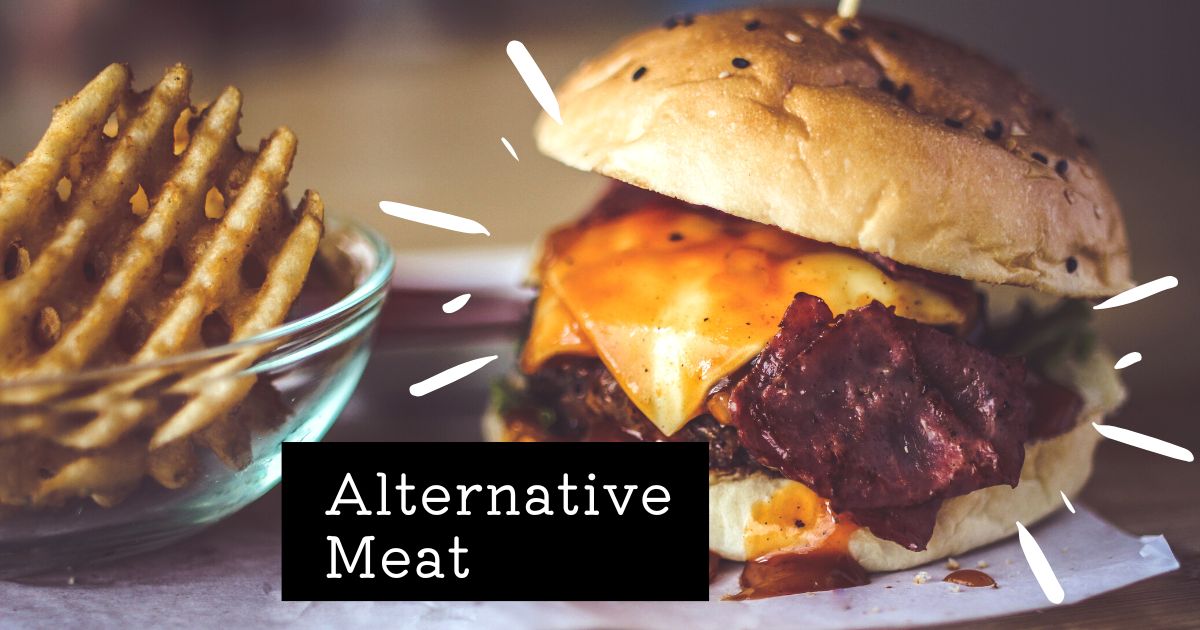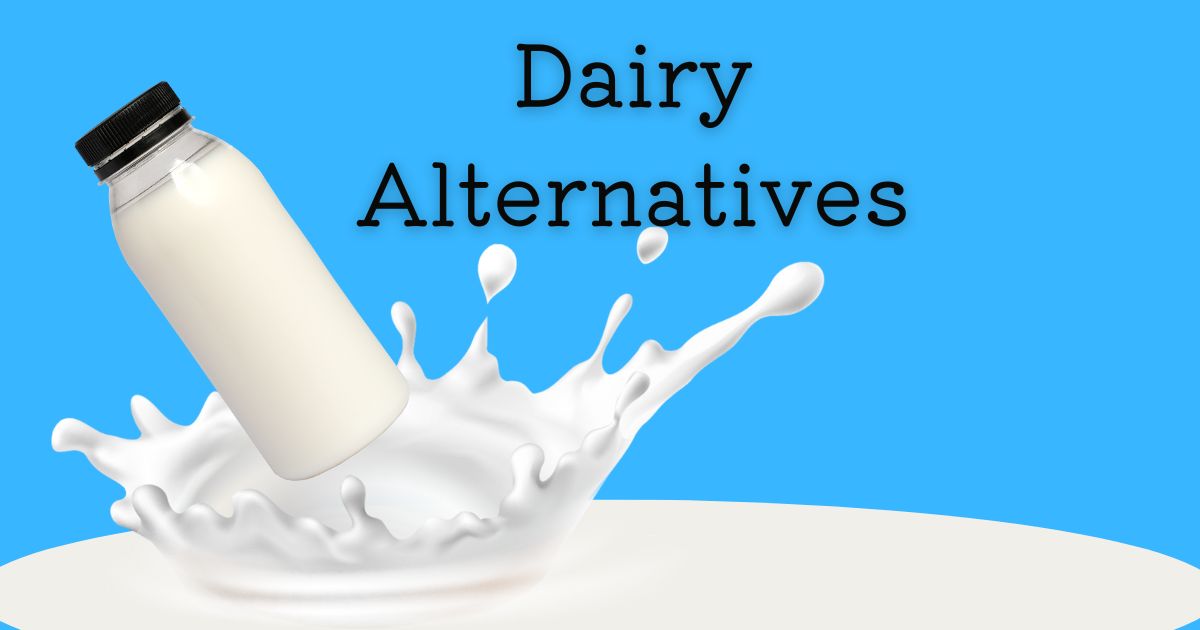News about Plant Based Meat Ingredients
*The same content is also available on Spotify (Japanese only).
In this issue, the vegan business magazine has some interesting news about the ingredients used in plant-based meats, which we would like to briefly introduce.
In the GFI report that we have previously introduced on plant-based meats, there were many comments from consumers that they would be more likely to repeat their purchase if the meat was one step closer to real meat, and companies are competing to see how close they can get the fat and fiber, which are key elements of texture and taste, to real meat using plant-based materials. It seems that each company is competing to see how close it can get to real meat using plant-based ingredients. As the search for plant-based meat ingredients continues, patent disputes among companies are expected to increase.
Now, according to the article presented here, a study funded by the Master of Food Technology (MoFT) program at University Putra, Malaysia, on healthy and sustainable binders suitable for plant-based meats, found that citrus fiber is the best alternative to synthetic ingredients like methylcellulose (MC), according to the study.
The researchers evaluated the physicochemical and sensory properties of plant-based meat patties and tested pea, citrus, and apple fiber as candidates using protein textures, they said.
They then summarized the impact of these fibers on key attributes such as taste, color, texture, moisture retention, strength, pH, emulsion stability, and overall acceptability.
Scientists prepared and compared a total of five patties to choose the best binding agent to replace methylcellulose, that is,
As the first, a negative control that contains neither methylcellulose nor enzyme-treated fiber,
Second, a positive control containing methylcellulose,
and three patties containing enzyme-treated pea, citrus, and apple fiber.
The results, first of all, were that the three fiber patties were rated as good as the main control patties in taste, color, and texture, according to a taste test conducted by a panel of 50 people.
And as for color, the patties containing pea fiber were the lightest before cooking and the patties containing apple fiber were the darkest.
In terms of texture, the researchers found that the patties with citrus fiber were the firmest, similar in texture to the commercial version. The control patty, which did not use a binding agent, was the softest.
All patties were similar in terms of elasticity, but there were differences in chewiness and cohesiveness, with the citrus fiber patties being the chewiest and most cohesive, according to the researchers.
Other results on pH showed that the patties with added plant fiber had a slightly lower pH than the control, and the patties with apple fiber had the highest emulsion stability and retained moisture better during cooking.
In terms of internal structure, the patties with citrus fiber were the most uniform and were rated as the best binders, according to the report.
In this study, they concluded that incorporating pea, citrus, and apple fiber can effectively replace traditional binders in plant-based meat patties.
All of these fibers were rated comparable in taste, texture, juiciness, and overall acceptability compared to the methylcellulose control, according to the researchers.
Among them, citrus fiber was particularly good in maintaining structure, texture, and overall quality, outperforming the main controls using pea fiber and methylcellulose.
It is concluded that variations of plant-based binders should be further explored in future studies.
Reference article:
Study Finds Citrus Fiber Outperforms Methylcellulose in Plant-Based Meat



